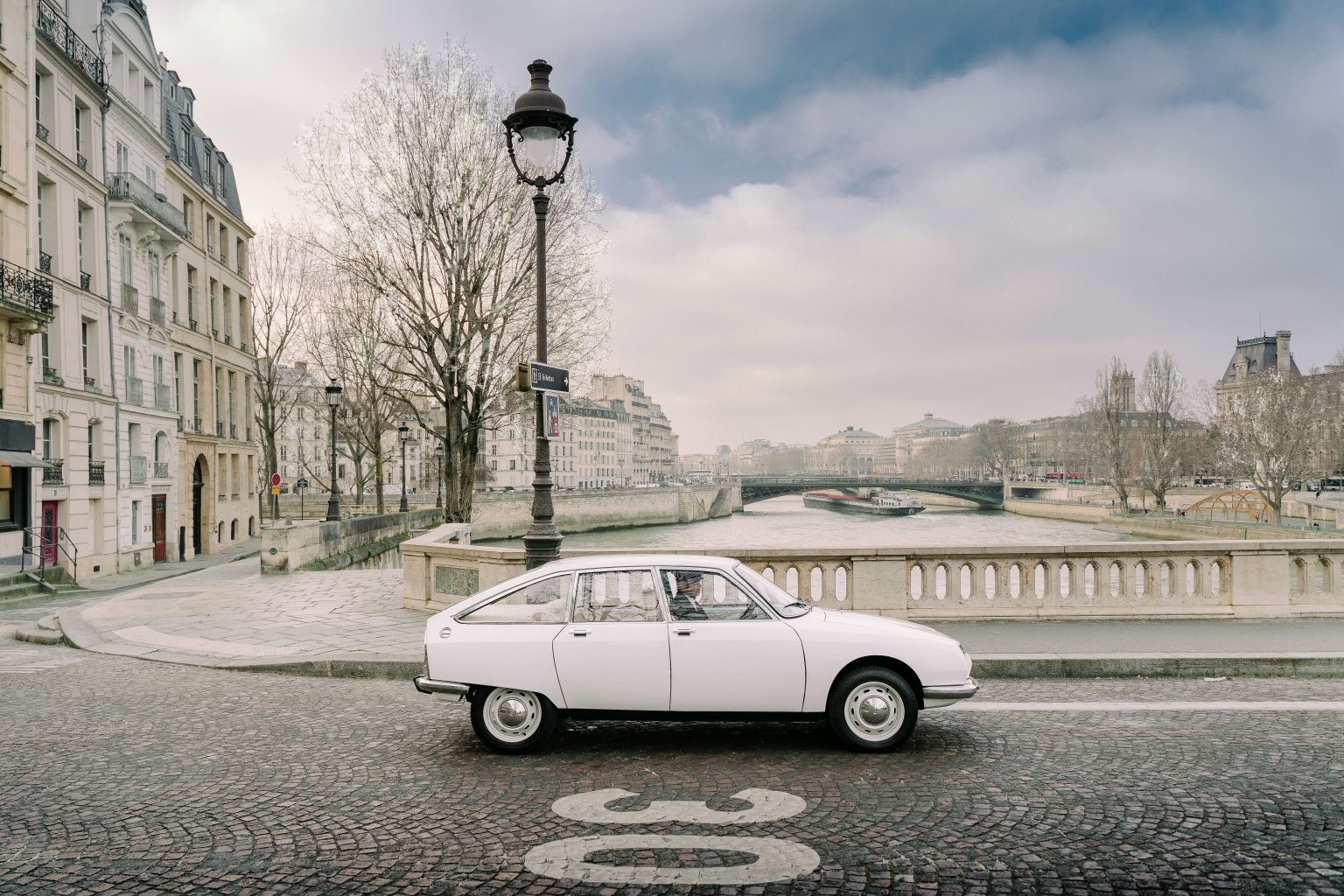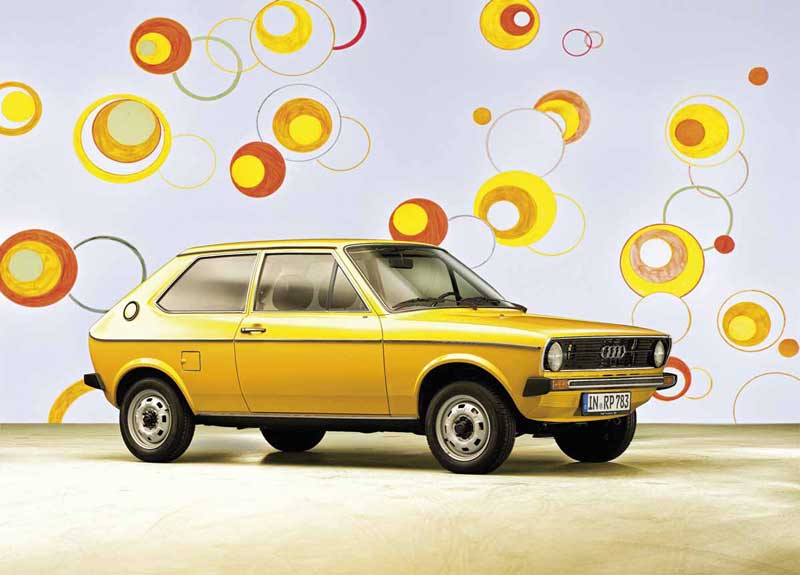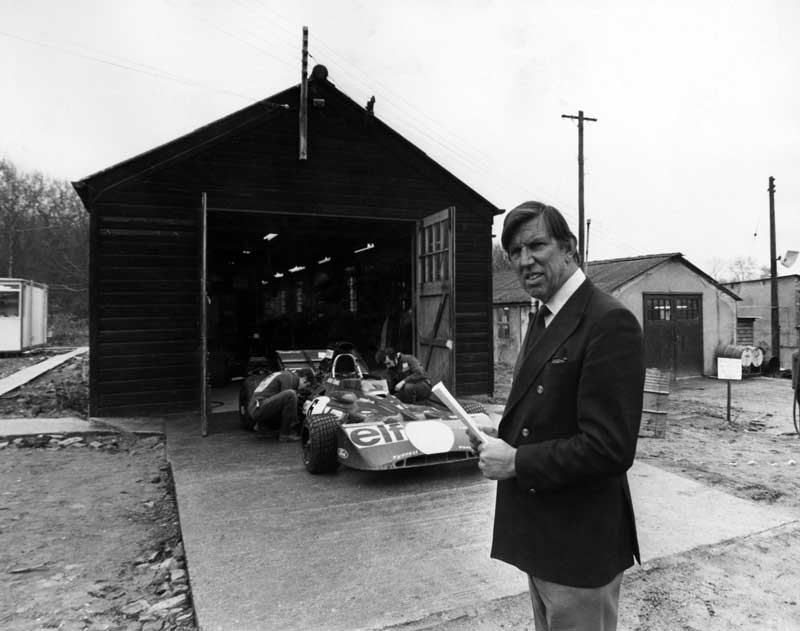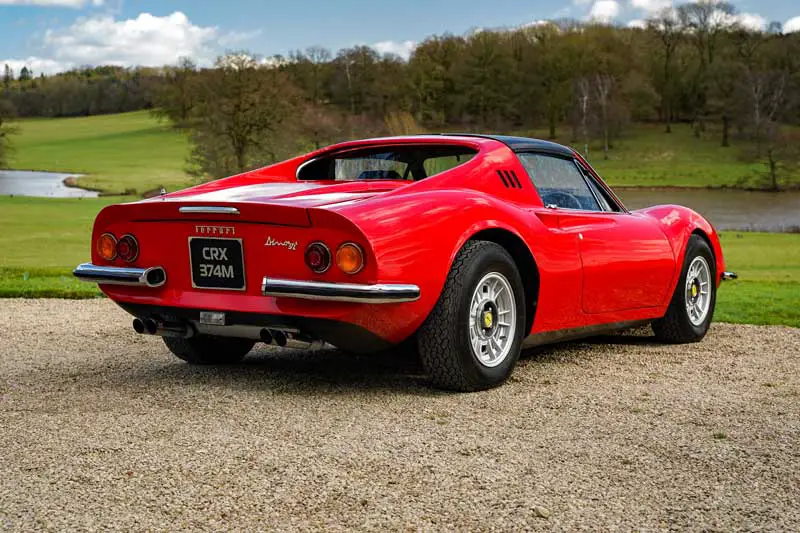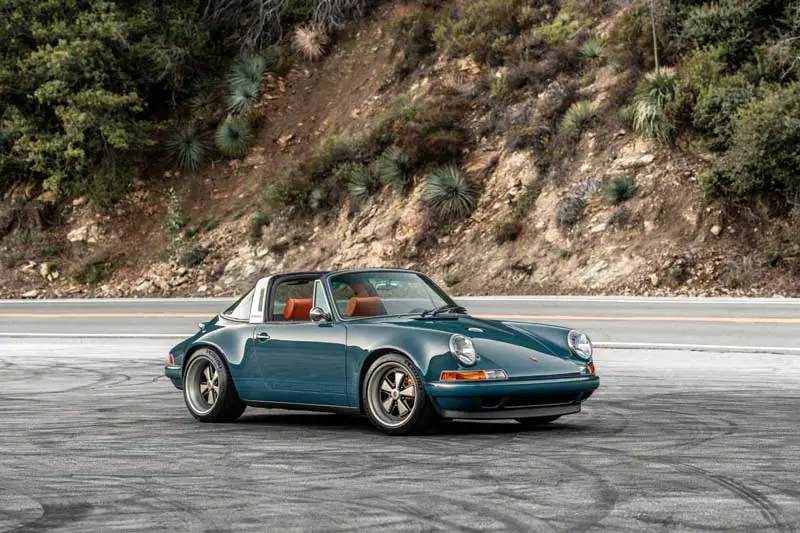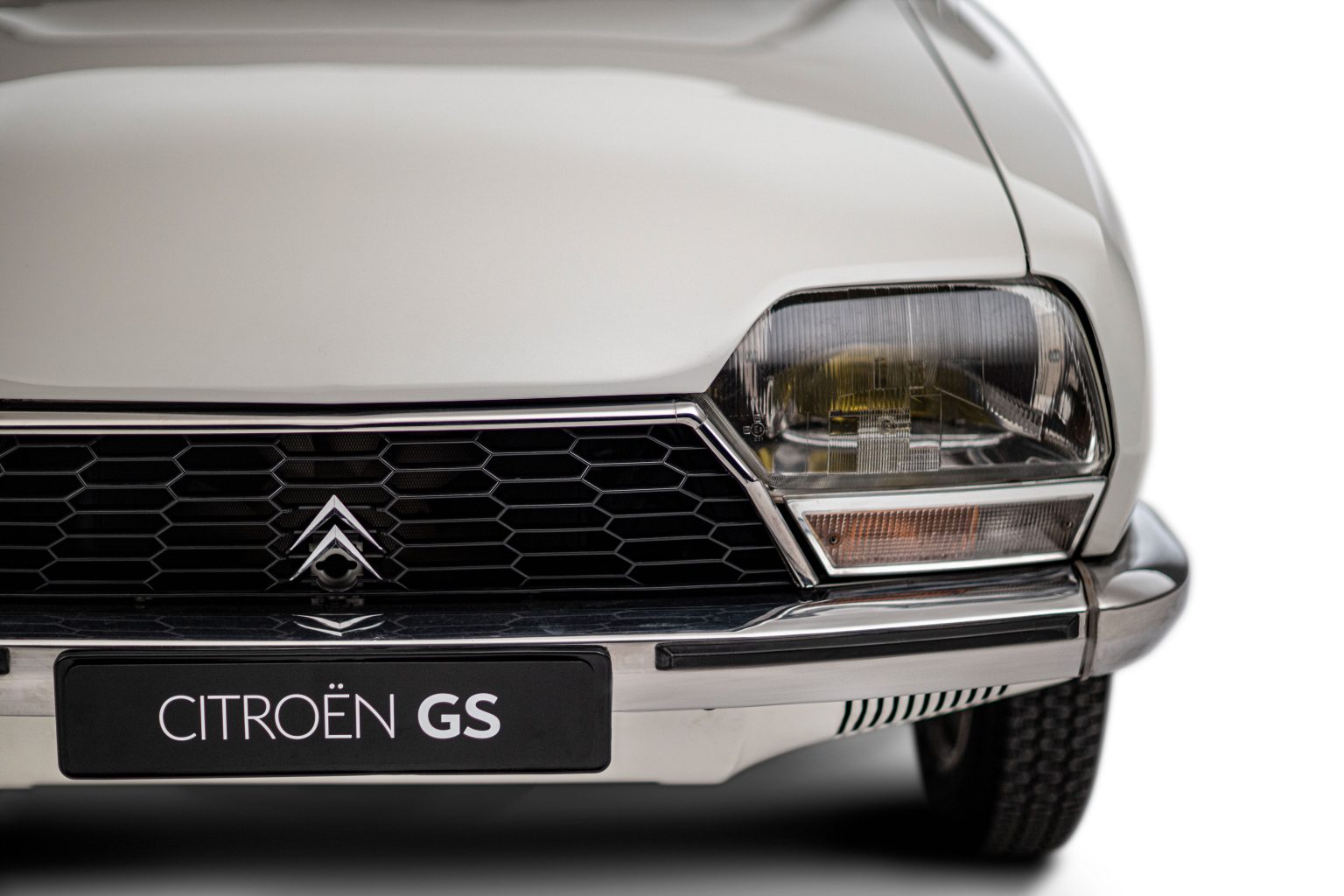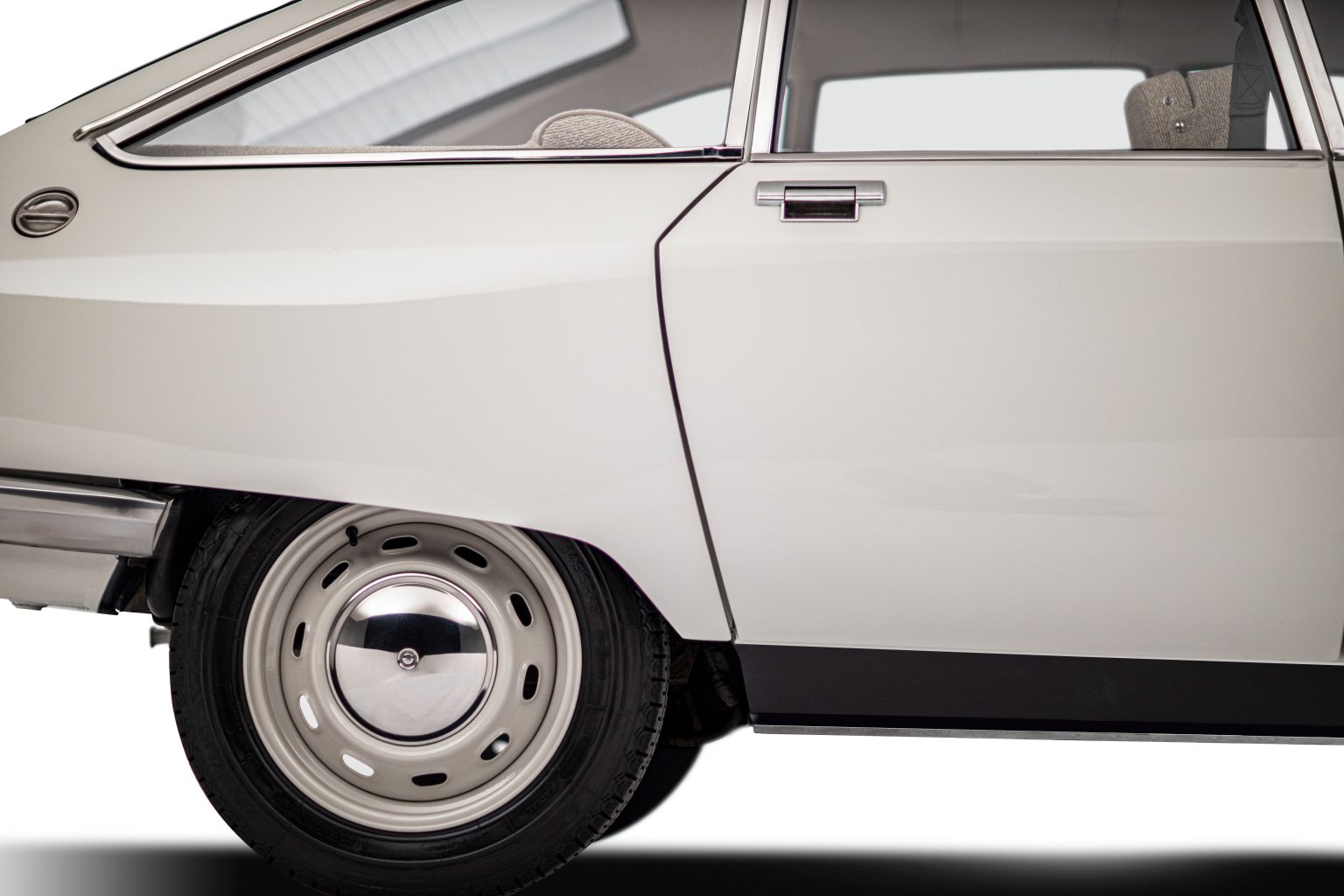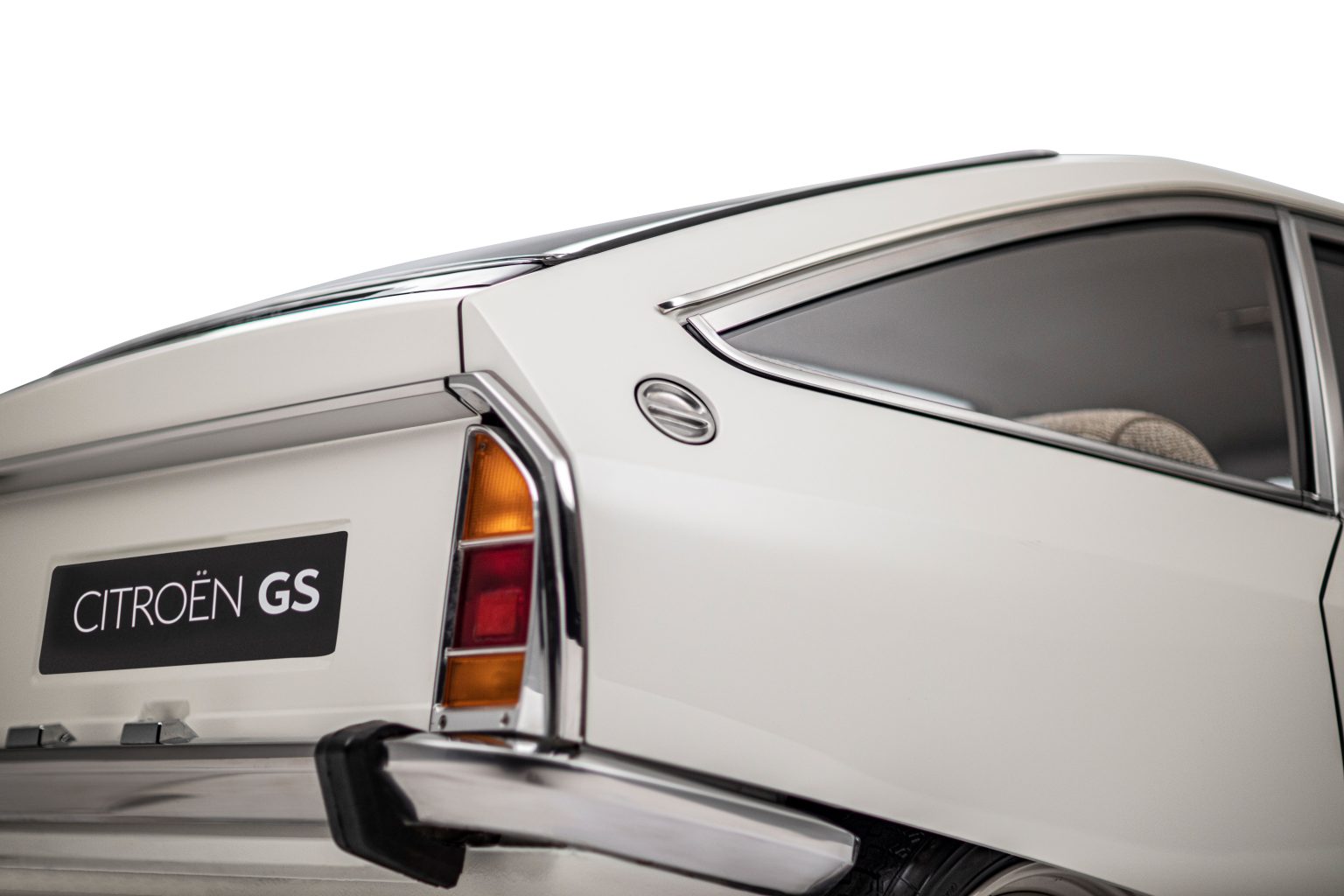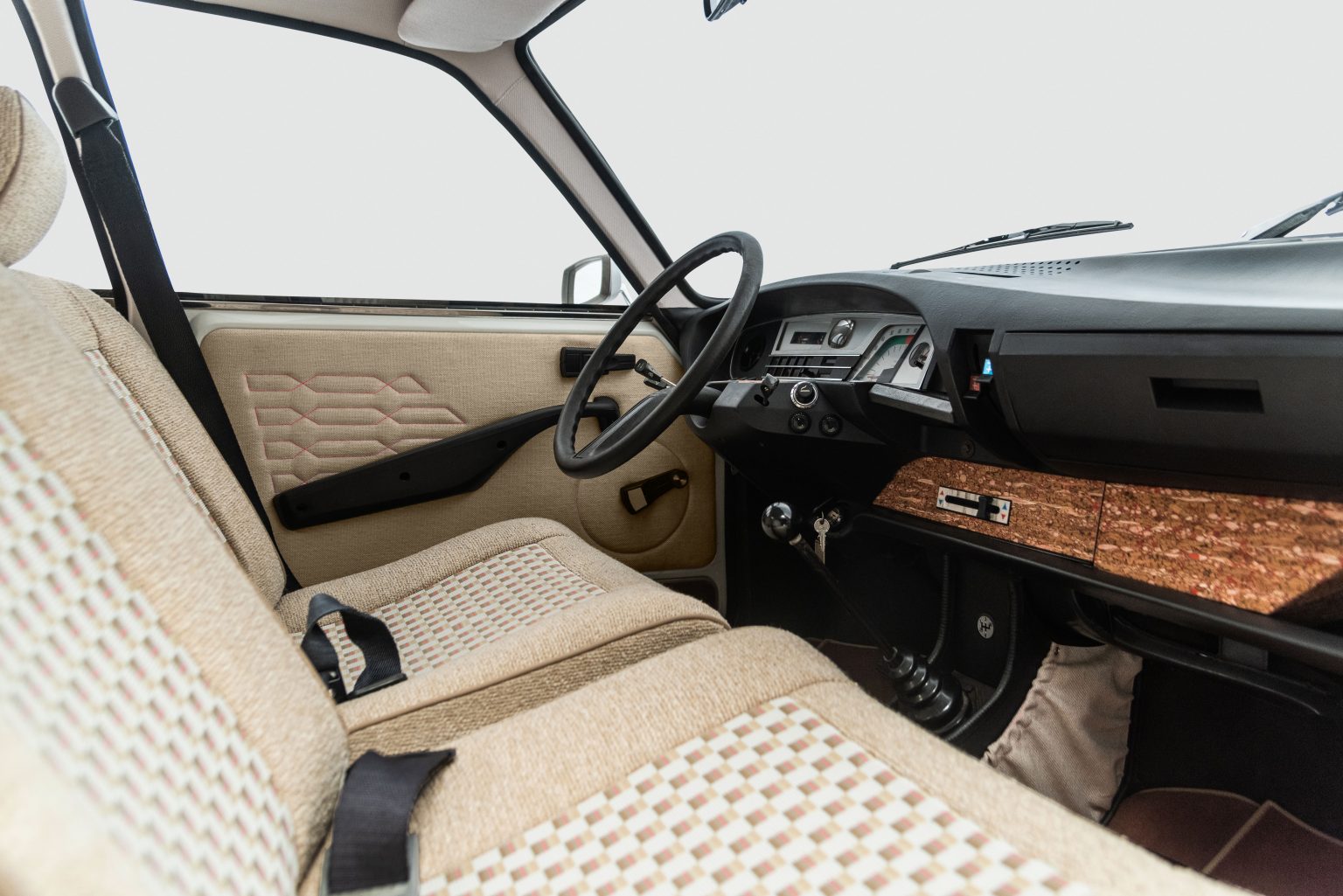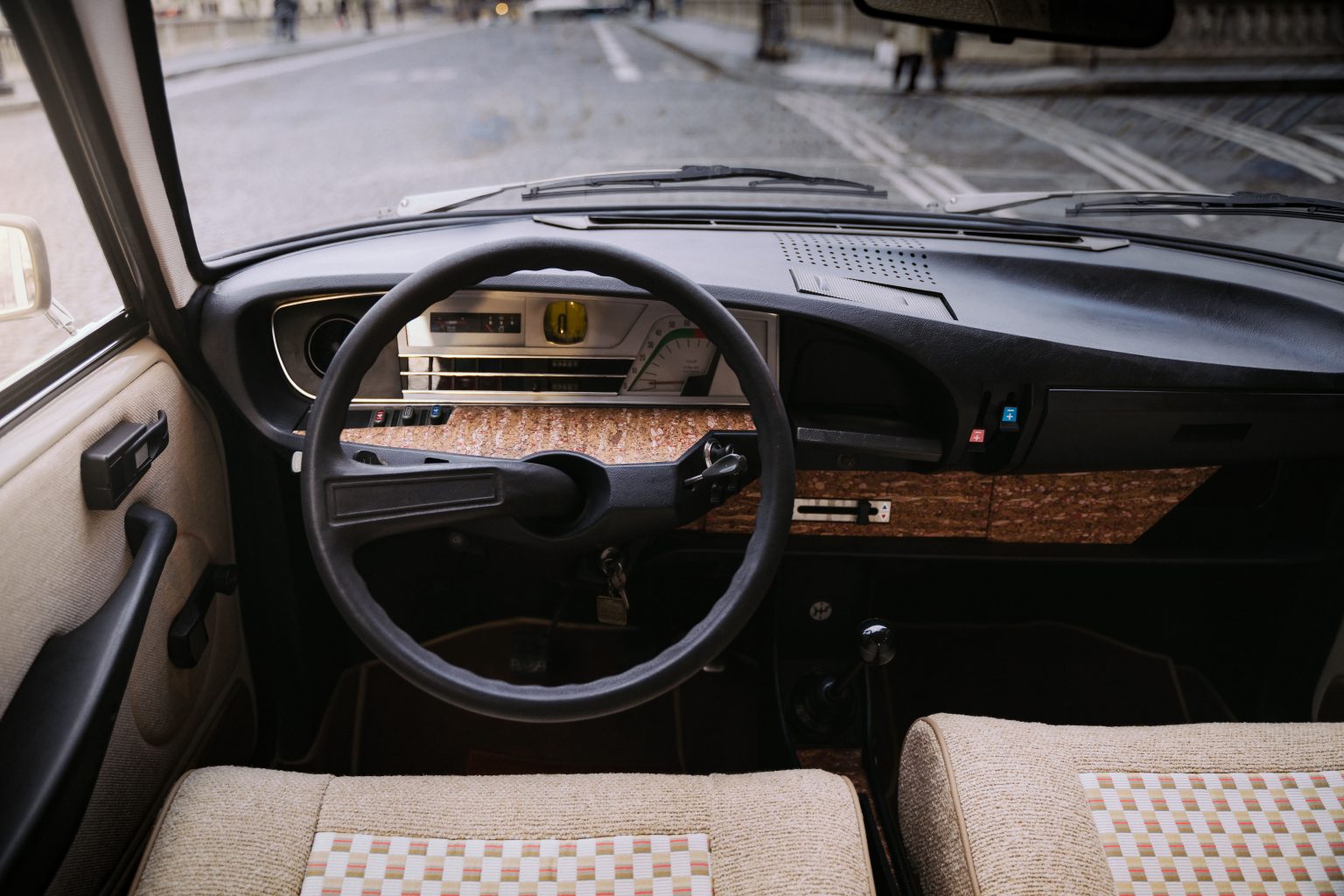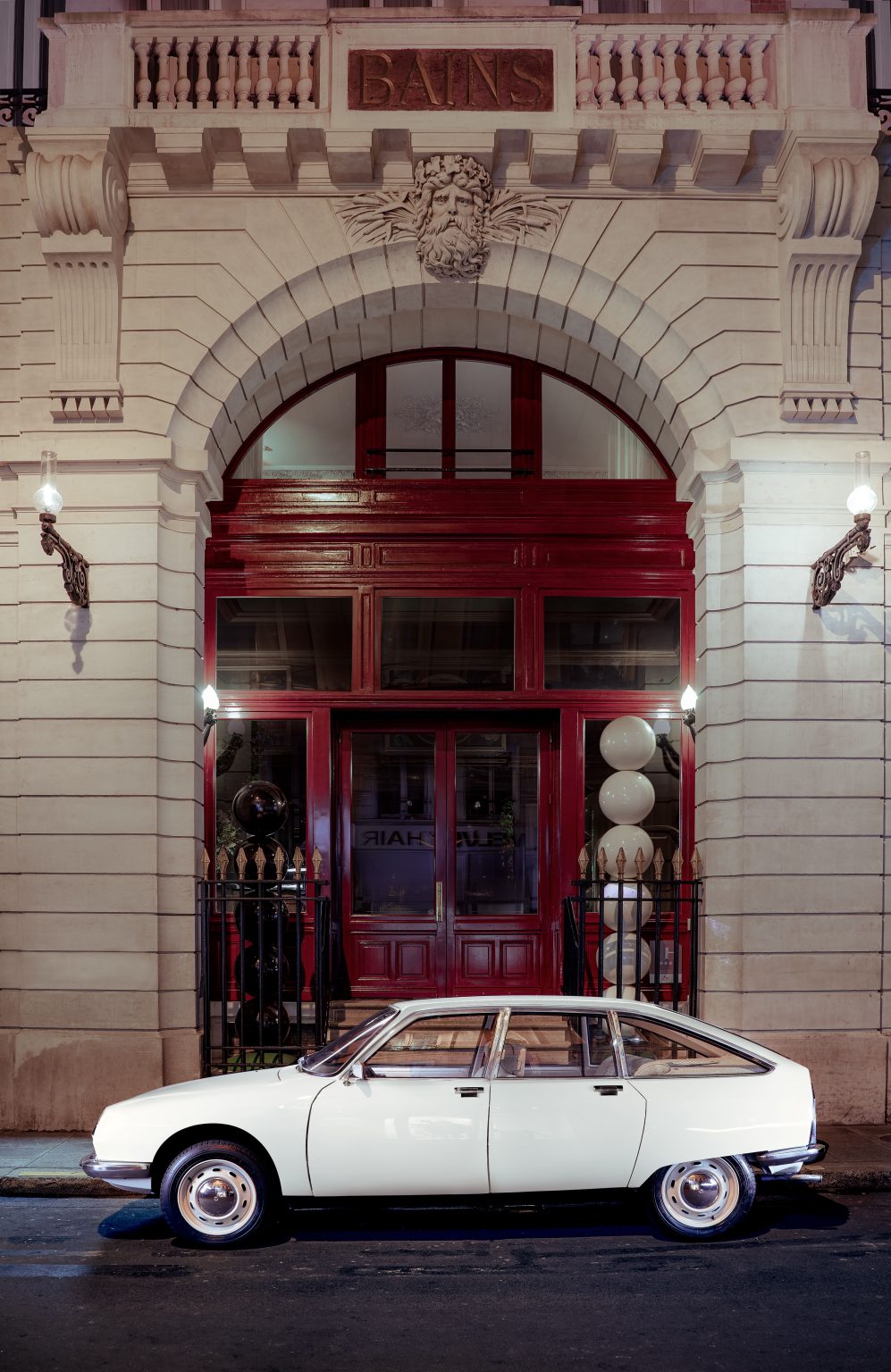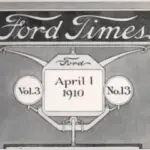
What I Really Want, 1970 Citroen GS. 50 Years Of The Citroen GS
Has it really been 50 years since the introduction of the Citroen GS in 1970?
It doesn’t seem possible. I remember riding around in the successor GSA as a kid driven by my friends father. I thought it was a fantastic car with the air cooled engine and floating suspension. But the earlier version must have been quite the sensation at launch and I was thinking. If I had been the right age to afford one in 1970, would I have bought it.
Thinking about it in 2020 and the answer would have to be yes. Ok, it’s slow compared to todays cars with the obsession with hard launch acceleration. Especially the party trick with the expensive electric ones. But hang on, how often would we do that, even with the opportunity. Have you followed most modern cars down a motorway slip road? Even with advances in acceleration many of them join the flow of 70+mph traffic at less than 60mph.
So, maybe we don’t need anything terribly fast to keep up. So how bad a proposition is the GS?
Well for a start it looks great. The car has that oh so French feminine look, with those large eyes at the front and almost pouting lips grille. It certainly is an attractive car today, sensational in 1970 I’m sure. Compare it to the more common 3 box shapes from competitors.
The chrome bumpers adding to the looks. Why can’t we have them today?. I can’t think of any legislation that can’t be overcome.
Pressed steel wheels look great, with narrow tyres helping to keep road noise at bay. Tramlining wasn’t a thing back then.
Sills that dissapear under the car, part covered rear wheels and a tapering shape from nose to tail giving the appearance of aerodynamics. It worked too.
What about that performance. From the original 1015cc flat four, 55.5hp engine, the car would reach a maximum of 91mph. Not fast by todays standards, but enough to do your license damage, even on a motorway.
0-50mph took 11.5 seconds. 60mph were heady speeds back then and 50 arrived sooner anyway. It’s probably no faster than the slowest small car you can buy new today. Of cousre, these figures were achieved with a four speed manual transmision. Remember those?
How does the interior measure up? There’s space inside, and it’s comfortable. I know. They also ride beatufully. The seats are soft enough. Ok, there have been developments in seating, and support, but they don’t stop your back aching in some cases.
This rather stunning example was the one I found at Retromobile earlier this year. (You can see that show report here). There’s something a bit special about it as Citroen gave the car to interior designer Tristan Auer. The retrim rather suits the car, it was done for Les Bains. The famous Parisian baths then successively spa, night club and now hotel.
Citroen’s signature single spoked wheel is the most dominant thing infront of the driver. The simple lines and uncluttered nature of the dash making things look really clean. The rotating drum speedometer to indicate speed and a conventional tachometer. Fabulously Citroen.
Apart from a few buttons, switches and some stalks that’s it. The open centre almost consoleless cabin giving the appearance and feel of space. this one having some more unusual dash coverings on the facia.
The cabin is enclosed, as the car is a saloon. The GSA went hatch, so there is a traditional approach to the design, but the car has a fastback syle.
And it’s not too big, something with modern cars that is becoming a problem. Wan’t to slip into that Parisian parking space, no problem. Your family of four, or even four adults can arrive in style and comfort with just 4.12m length and 1.61m width. Back then in 1970, 50 years ago, cars like the Citroen GS were narrower than I am tall.
At only 880kg you’d be worried about someone picking it up and running off with it. Your new Mini comes in at around 1200kg. Maybe the extra weight is a security feature.
Oh, and the visibility. Lots of glass to see out of to avoid accidents. Quite the safety feature.
Under the skin you will find four disc brakes. Power assisted too. The hydraulic suspension that Citroen are famous for, giving that sunken appearance when off, providing roadholding abilities.
It’s no surprise that is got car of the year in 1971 and it sold well. Not just in France. From the 1970 GS to 1986 with GSA, Citroen produced 1,896,742 of them. Now where did they all go?
I’ve talked myself into one. If only I could go to my local Citroen dealer and buy one I think I’d put a deposit down.
Simon
Many thanks to Citroen and Amaury Laparra for the stunning photos for the 50 years of the GS since 1970.
